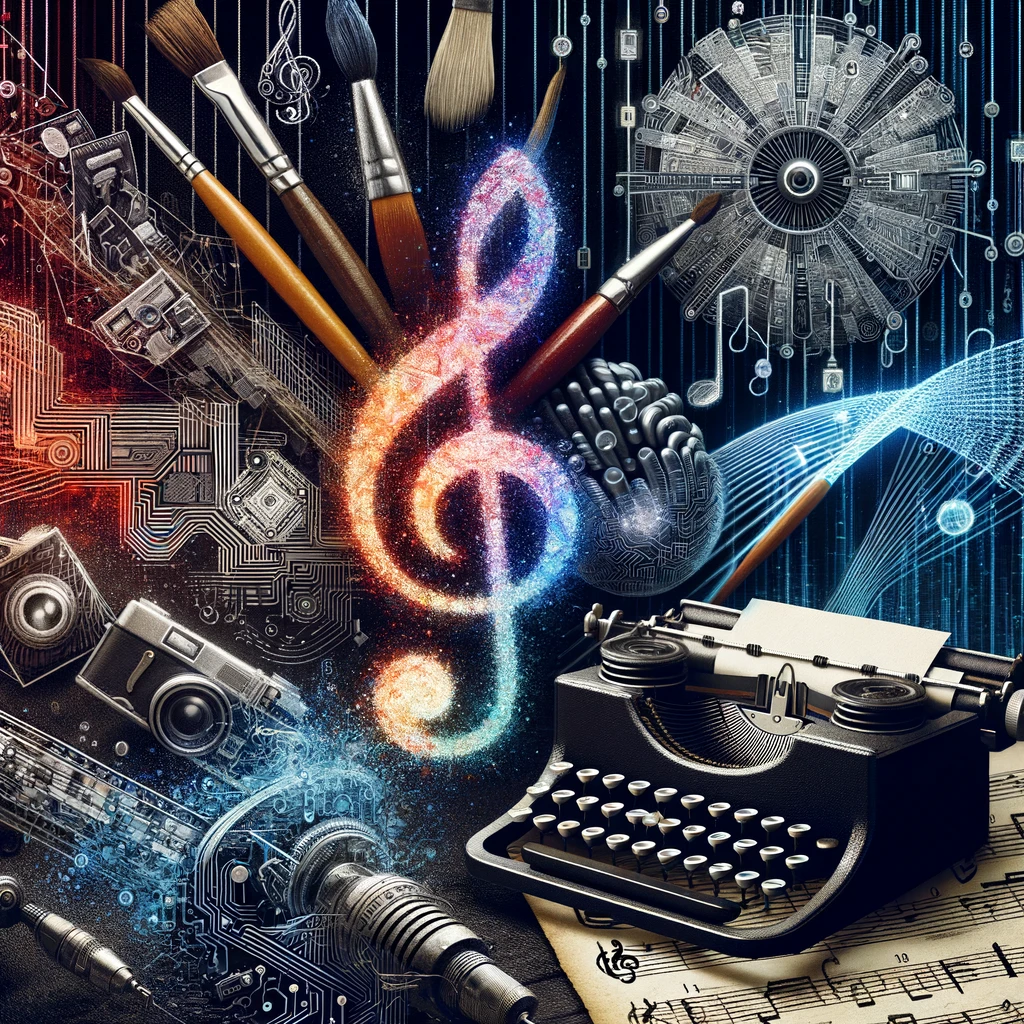Generative Artificial Intelligence (AI) is transforming creative industries in profound and unprecedented ways. From automating routine tasks to fostering new forms of artistic expression, this technology is not only reshaping the landscape of creative work but also raising important questions about the future of creativity and originality. This article delves into the impact of generative AI on various creative sectors, exploring both the opportunities it presents and the challenges it poses.
Revolutionizing Content Creation
In the realm of content creation, generative AI has introduced tools that can write articles, compose music, create artworks, and even develop video games. AI-generated content is increasingly becoming indistinguishable from that created by humans, offering a new toolkit for creators to expand their creative horizons. For instance, AI-driven platforms can generate unique music tracks or digital art, providing a base for human artists to refine and enhance, thereby speeding up the creative process and enabling the exploration of new artistic territories.
Enhancing Visual Arts
Generative AI models like DALL·E, developed by OpenAI, have the capability to produce images and art from textual descriptions, offering a glimpse into a new era of digital artistry. This technology allows artists to experiment with novel visual concepts and iterations at an unprecedented scale, pushing the boundaries of imagination and artistic creation. However, it also introduces debates around authorship and the value of AI-generated art in the broader context of the art world.
Transforming Film and Entertainment
In the film and entertainment industry, generative AI is starting to play a role in scripting, animation, and even performance. AI algorithms can generate scripts based on specified genres or themes, assist in creating realistic CGI characters, or model complex simulations for visual effects. This not only reduces the time and cost associated with production but also opens up new narrative possibilities. Yet, the integration of AI in these processes also sparks discussions on the essence of storytelling and the role of human creativity in crafting narratives that resonate with audiences.
The Future of Writing and Publishing
Generative AI is making its mark in the writing and publishing world, where it can assist authors by generating ideas, drafting outlines, or even writing entire sections of text. Tools like GPT-3 have demonstrated the ability to produce coherent and contextually relevant writing across various styles and formats. While this can be a boon for content generation and editorial efficiency, it also prompts reflection on the nature of authorship and the skills valued in writers and editors in an AI-augmented future.
Ethical Considerations and Creative Authenticity
As generative AI becomes more integrated into creative industries, it raises important ethical considerations. The question of intellectual property rights for AI-generated content is particularly pressing, as is the need to ensure fair compensation for human creators. Moreover, there are concerns about the potential for AI to dilute the uniqueness and authenticity that lie at the heart of creative works. Navigating these challenges requires a balanced approach that leverages AI’s capabilities to enhance human creativity without undermining the value of original, human-led artistic endeavors.
Conclusion
Generative AI holds immense potential to enrich and expand the creative industries by offering new tools and possibilities for innovation. However, realizing this potential fully and ethically demands ongoing dialogue among technologists, creators, and policymakers. By collaboratively exploring the implications of generative AI, we can foster an environment where technology amplifies human creativity, ensuring that the future of creative industries remains vibrant, diverse, and deeply human.
